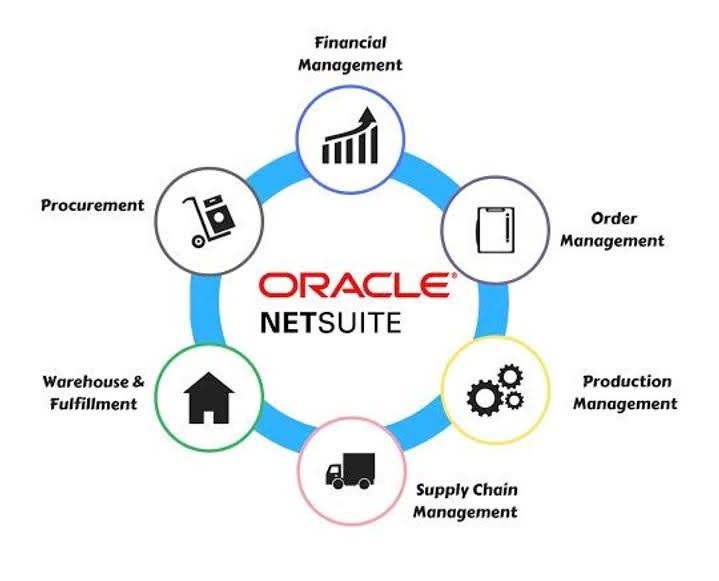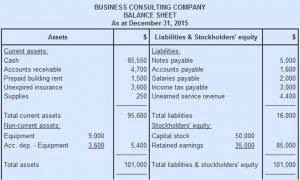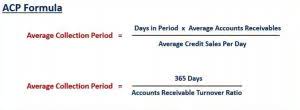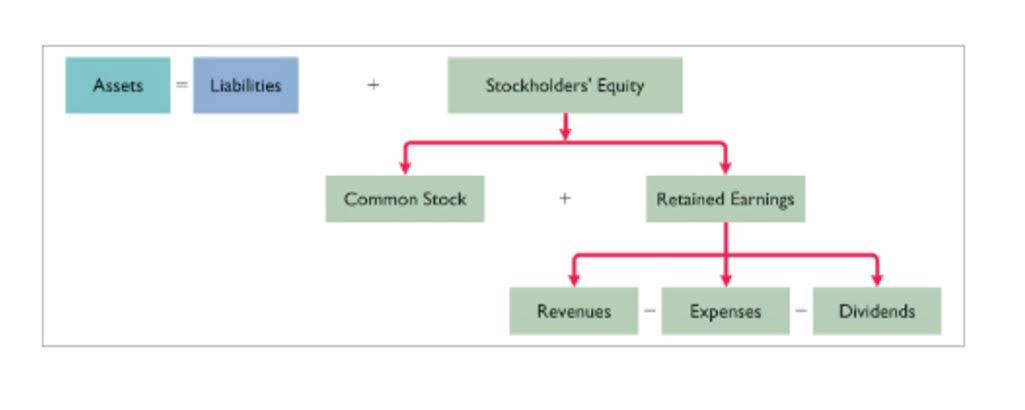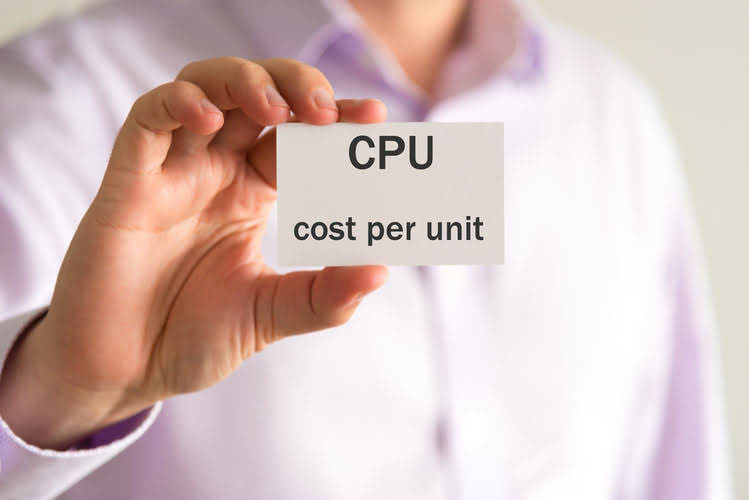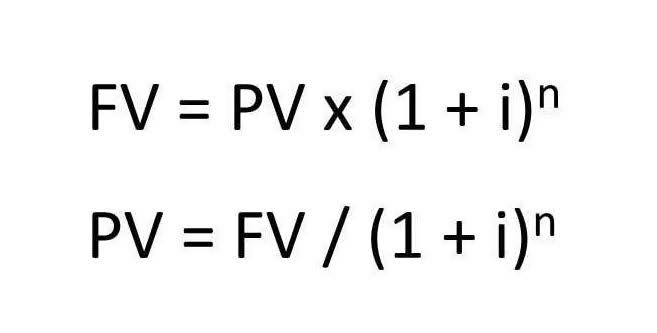
The Contribution Margin Ratio is the product revenue remaining after deducting all variable costs, expressed on a per-unit basis. This means that the production of grapple grommets produce enough revenue to cover the fixed costs and still leave Casey with a profit of $45,000 at the end of the year. Knowing how to calculate the contribution margin is an invaluable skill for managers, as using it allows for the easy computation of break-evens and target income sales.
An increase like this will have rippling effects as production increases. Management must be careful and analyze why CM is low before making any decisions about closing an unprofitable department or discontinuing a product, as things could change in the near future. Aside from the uses listed above, the contribution margin’s importance also lies in the fact that it is one of the building blocks of break-even analysis. With that all being said, it is quite obvious why it is worth learning the contribution margin formula.
Is the Contribution Margin Ratio a good measure of profitability?
The answer to this equation shows the total percentage of sales income remaining to cover fixed expenses and profit after covering all variable costs of producing a product. Variable costs fluctuate with the level of units produced and include expenses such as raw materials, packaging, and the labor used to produce each unit. The result of this calculation shows the part of sales revenue that is not consumed by variable costs and is available to satisfy fixed costs, also known as the contribution margin. The Contribution Margin Ratio is a measure of profitability that indicates how much each sales dollar contributes to covering fixed costs and producing profits. It is calculated by dividing the contribution margin per unit by the selling price per unit.
Formula and Calculation of Contribution Margin
This cost of the machine represents a fixed cost (and not a variable cost) as its charges do not increase based on the units produced. Such fixed costs are not considered in the contribution margin calculations. All you have to do is multiply both the selling price per unit and the variable costs per unit by the number of units you sell, and then subtract the total variable costs from the total selling revenue. Many companies use metrics like the contribution margin and the contribution margin ratio to help decide if they should keep selling various products and services. For example, if a company sells a product that has a positive contribution margin, the product is making enough money to cover its share of fixed costs for the company. The contribution margin is different from the gross profit margin, the difference between sales revenue and the cost of goods sold.
A store owner will pay a fixed monthly cost for the store space regardless of how many goods are sold. The calculation of the contribution margin ratio is a three-step process. We’ll next calculate the contribution margin and CM ratio in each of the projected periods in the final step. To perform a more detailed analysis on either a quarterly or year-over-year (YoY) basis – or comparisons to comparable companies operating in the same industry – the CM metric can be divided by revenue to get the CM ratio.
A contribution margin analysis can be done for an entire company, single departments, a product line, or even a single unit by following a simple formula. The contribution margin can be presented in dollars or as a percentage. In effect, the process can be more difficult in comparison to a quick calculation of gross profit and the gross margin using the income statement, yet is worthwhile in terms of deriving product-level insights. In particular, checking account meaning the use-case of the CM metric tends to be most practical for companies to set prices on their products and services appropriately to maximize their revenue growth and profitability. This is the net amount that the company expects to receive from its total sales. Some income statements report net sales as the only sales figure, while others actually report total sales and make deductions for returns and allowances.

On the other hand, the gross margin metric is a profitability measure that is inclusive of all products and services offered by the company. The contribution margin ratio represents the marginal benefit of producing one more unit. In order to calculate the contribution margin ratio, you’ll first need to calculate the contribution margin. Fixed costs are often considered sunk costs that once spent cannot be recovered. These cost components should not be considered while making decisions about cost analysis or profitability measures. It can be important to perform a breakeven analysis to determine how many units need to be sold, and at what price, in order for a company to break even.
- The Contribution Margin is the revenue from a product minus direct variable costs, which results in the incremental profit earned on each unit of product sold.
- In effect, the process can be more difficult in comparison to a quick calculation of gross profit and the gross margin using the income statement, yet is worthwhile in terms of deriving product-level insights.
- Upgrading to a paid membership gives you access to our extensive collection of plug-and-play Templates designed to power your performance—as well as CFI’s full course catalog and accredited Certification Programs.
Key terms associated with contribution margin:
It represents the incremental money generated for each product/unit sold after deducting the variable portion of the firm’s costs. The $30.00 represents the earnings remaining after deducting variable costs (and is left over to cover fixed costs and more). The contribution margin is affected by the variable costs of producing a product and the product’s selling price. The overarching objective of calculating the contribution margin is to figure out how to improve operating efficiency by lowering each product’s variable costs, which collectively contributes to higher profitability. The Contribution Margin is the revenue from a product minus direct variable costs, which results in the incremental profit earned on each unit of product sold. Profit margin is calculated using all expenses that directly go into producing the product.
What is the Contribution Margin Used For?
Management uses the contribution margin in several different forms to production and pricing decisions within the business. This concept is especially helpful to management in calculating the breakeven point for a department or a product line. Management uses this metric to understand what price they are able to charge for a product without losing money as production increases and scale continues. It also helps management understand which products and operations are profitable and which lines or departments need to be discontinued or closed. Yes, the Contribution Margin Ratio is a useful measure of profitability as it indicates how much each sale contributes to covering fixed costs and producing profits. The contribution margin can help company management select from among several possible products that compete to use the same set of manufacturing resources.
One of the important pieces of this break-even analysis is the contribution margin, also called dollar contribution per unit. Analysts calculate the contribution margin by first finding the variable cost per unit sold and subtracting it from the selling price per unit. The contribution margin ratio takes the analysis a step further to show the percentage of each unit sale that contributes to covering the company’s variable costs and profit. The contribution margin is the foundation for break-even analysis used in the overall cost and sales price planning for products. In the next part, we must calculate the variable cost per unit, which we’ll determine by dividing the total number of products sold by the total variable costs incurred. Companies often look at the minimum price at which a product could sell to cover basic, fixed expenses of the business.
All of our content is based on objective analysis, and the opinions are our own. Upgrading to a paid membership gives you access to our extensive collection of plug-and-play Templates designed to power your performance—as well as CFI’s full course catalog and accredited Certification Programs. You work it out by dividing your contribution margin by the number of hours worked.

This highlights the margin and helps illustrate where a company’s expenses. Variable expenses can be compared year over year to establish a trend and show how profits are affected. In accounting, contribution margin is the difference between the revenue and the variable costs of a product. It represents how much money can be generated by each unit of a product after deducting the variable costs and, as a consequence, allows for an estimation of the profitability of a product.
It provides one way to show the profit potential of a particular product offered by a company and shows the portion of sales that helps to cover the company’s fixed costs. Any remaining revenue left after covering fixed costs is the profit generated. Similarly, we can then calculate the variable cost per unit by dividing the total variable costs by the number of products sold. The contribution margin measures how efficiently a company can produce meet brittany cole bush products and maintain low levels of variable costs. It is considered a managerial ratio because companies rarely report margins to the public.
The contribution margin ratio of a business is the total revenue of the business minus the variable costs, divided by the revenue. Based on the contribution margin formula, there are two ways for a company to increase its contribution margins; They can find ways to increase revenues, or they can reduce their variable costs. It means there’s more money for covering fixed costs and contributing to profit. You can calculate the contribution margin by subtracting the direct variable costs from the sales revenue.

